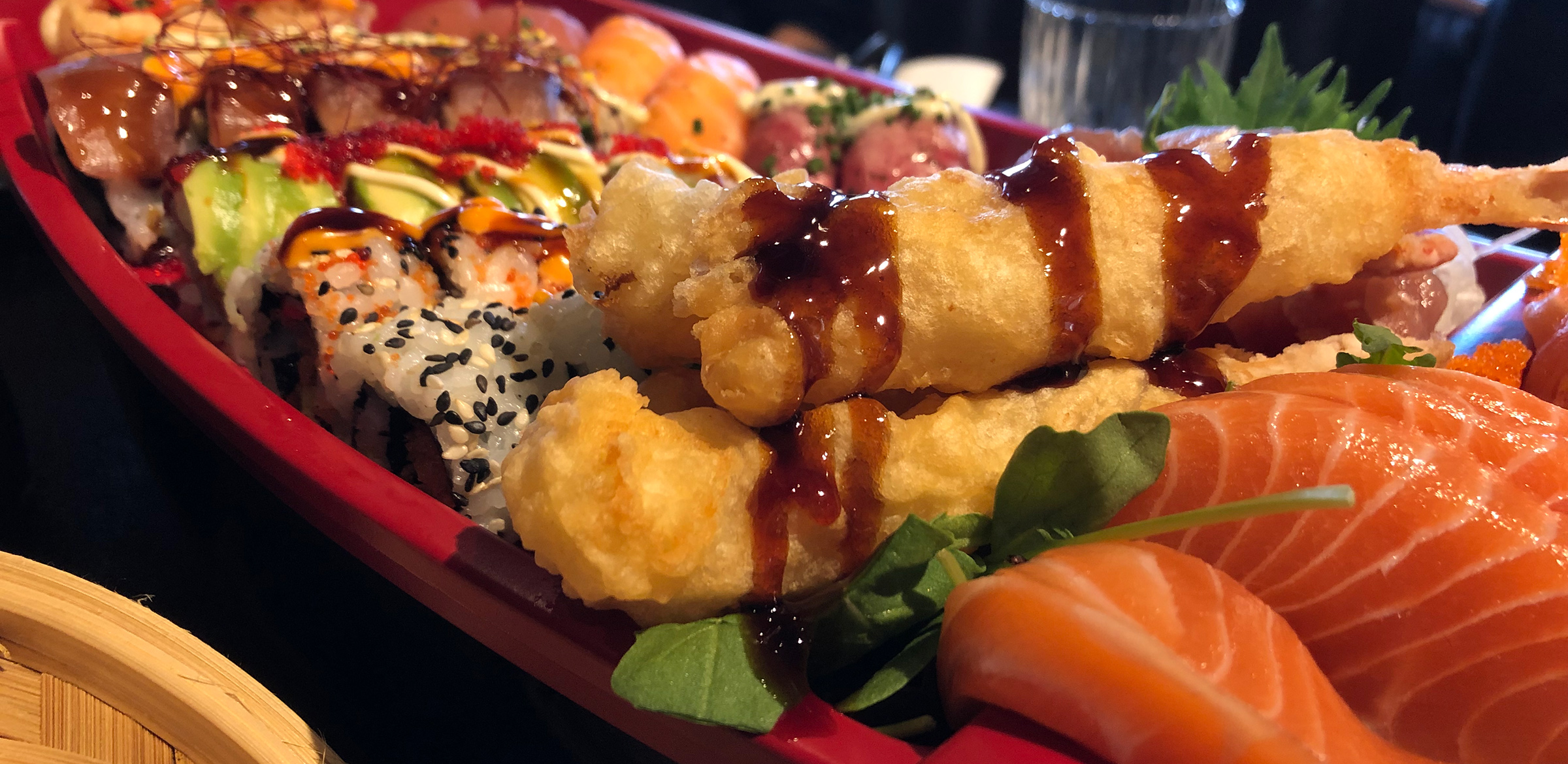Referro for global growth: Requirements for B2B success in Japan

However, each country offers a very different set of challenges, due to their unique cultural setting. And Japan can be a particularly tough environment to succeed in – many companies have tried and failed in their attempts to make it big here.
To learn more about what will boost your chances for success in Japan, we spoke with Robert Heldt the CEO of Custom Media – our BBN-partner in Japan – a full-service marketing agency that has been helping overseas companies enter the Japanese market for more than 15 years. Here, he shares his insights into how to use social media, the biggest mistakes to avoid in Japan, and what decision makers in the country value most.
What is the first thing a European company thinking about entering the Japanese market should do?
Make sure to study Japanese culture – both popular culture and business culture. It’s key for you to understand how things work here, and what makes it so different, not only from Europe, but from other countries in the Asia-Pacific region. And you should deeply research the dynamics of your business sector here, including the leading companies and the market segmentation.
What is one of the key values that define how Japanese businesses work with each other?
Trust is key when it comes to business success here because Japanese customers put a priority on credibility, reputation, and trustworthiness when they make purchasing decisions.
What are some of the best ways to develop this trust?
You want to demonstrate a long-term commitment to the Japanese market. Make sure to invest time in relationship-building activities. Attend networking events, join industry associations, and develop strategic partnerships. Of course, you should make sure to have an outstanding Japanese-language presence with your marketing material. Your website, any printed material that you distribute, and your video content should all be carefully localised for the Japanese market. It should also serve to humanise your brand, in a way that makes audiences resonate with who you are on a personal level.
And as you begin your business activities here, you should always deliver on your promises and provide exceptional customer service. This will allow you to establish a strong track record, which you can later showcase.
How does the B2B sales decision-making process work?
Decisions can take a long time to be reached – much longer than in Europe – and involve many stakeholders. This can be extended even further, given the B2B sales cycle. One error that many foreign businesses make here is thinking that one positive business meeting means that an agreement has been reached. You shouldn’t assume this is the case, as there will be people who could be influencing the decision-making process who may not even be in the room. This is why you should carefully study the key decision-makers and influencers at target companies and work at establishing relationships with them. As much as you can, provide clear and comprehensive information to them, discover and address their concerns, and offer personalised solutions. Then make sure to align with the specific needs of each stakeholder to help the decision-making process move along.
How else can you smooth the decision-making process?
You should really sweat the small stuff. Decision-makers are highly detail focused. To appeal to this quality, make sure to communicate the strengths of your business with case studies, survey results, and other facts. You should also be able to provide client testimonials in Japanese. And rather than making grand claims, it’s much better to start small, with supportable proof of concept. And you want to stay away from being too “salesy” in your content approach. In addition, keep in mind that each member of the buying committee will be looking for something different – what an R&D head may want to know is not what a CEO will want to know.
How much can I rely on social media for my B2B marketing efforts?
Keep in mind that social media in Japan is much more widely used for B2C products and services. It is also dominated by a platform – LINE, which reached more than 89 million monthly active users as of 2022, according to SignHouse. Meanwhile, LinkedIn – which is mainly used for job recruitment and search purposes here, rather than business networking – only has about 3 million monthly active users. However, when it comes to business networking, Facebook is quite popular here. It has a large user base of people over 40, which is the prime age of C-suite decision-makers here – and this demographic is much more active on the platform than LinkedIn. Facebook is heavily used for business and work-related purposes here – some 80 percent of Japanese businesses use Facebook for business networking, and 57 percent of those businesses are operating in B2B sectors, according to Digital Business Lab.
How do PR approaches in Japan differ from how they work in the European market?
Keep in mind that print media is still relatively strong in Japan, when compared to the rest of the world, so many of the trade publications that you may want to use for getting the word out about your product or service will be on paper, rather than entirely digital. And, at major publications, you’re not likely to find industry-dedicated journalists or writers due to a practice of having staff rotate from post to post. In addition, “newsjacking” in the form of adding CEO quotes to articles doesn’t work – you need to provide value with data and insights that the media outlets would be interested in. Also keep in mind that there are very few Japanese journalists with English or multi-language capability. So, if you’re looking to share press releases, get coverage, or reach out to media agencies, you’ll want to have someone on your team here who has native, or near-native, Japanese ability. And just like with business practices here, you’ll want to establish and maintain strong relationships with journalists, editors, and media representatives.
What are some of the biggest mistakes that a company from Europe can make when entering the Japanese market?
Not being careful when localising their marketing material and strategies to the Japanese market. Too many companies assume that they can merely translate their material. You need to make sure that you’re not just translating word by word: you want to be certain that the nuances of your message are going to resonate effectively with Japanese audiences. Doing this successfully requires taking the time to understand Japan’s business models and its strong traditions, carefully researching consumer behaviour, and basing the work that they do on hard facts and data that are skilfully transformed into compelling copy that is transcreated to adapt to Japan’s cultural norms and beliefs.
Another is focusing all your marketing efforts on trying to reach C-level decision makers, particularly at major corporations. This can be both expensive and time consuming. While it can be important to reach people at the top level, buying decisions are often influenced by many stakeholders. It’s important to keep this in mind, and make sure that your campaigns reach and resonate with everyone from the mid-level to senior management.
What is the best way to stand out in the Japanese market?
You need to develop a unique position. As I explained before, you’ll want to build on the research you’ve done to understand your local competitors: what are their strengths and weaknesses, and what are their unique selling propositions? Based on this knowledge and combining it with the global expertise and experience that your company already possesses, you can craft a unique value proposition that is tailored to Japanese customers’ needs that offers superior quality or innovative solutions.
How much should a foreign company try to blend in, versus standing out in Japan?

It’s a delicate balance. While you need to recognize that while you do need to localise and connect with Japanese culture, your cachet as an overseas company can provide benefits. Even though Japanese people are devoted to their national culture, they are also fascinated with foreign culture and products. And particularly, if your brand has a strong tradition of excellence in your country of origin, you should find a way to incorporate it into your brand story in Japan. In fact, if handled skillfully, your foreignness can play a key role in establishing your unique value proposition. Robert Heldt is the CEO and co-founder of Custom Media, an award-winning, bilingual, integrated creative agency that helps global businesses prosper in Japan through the power of storytelling.
Looking across borders

Ask Carl about the possibilities of using our international reach.
